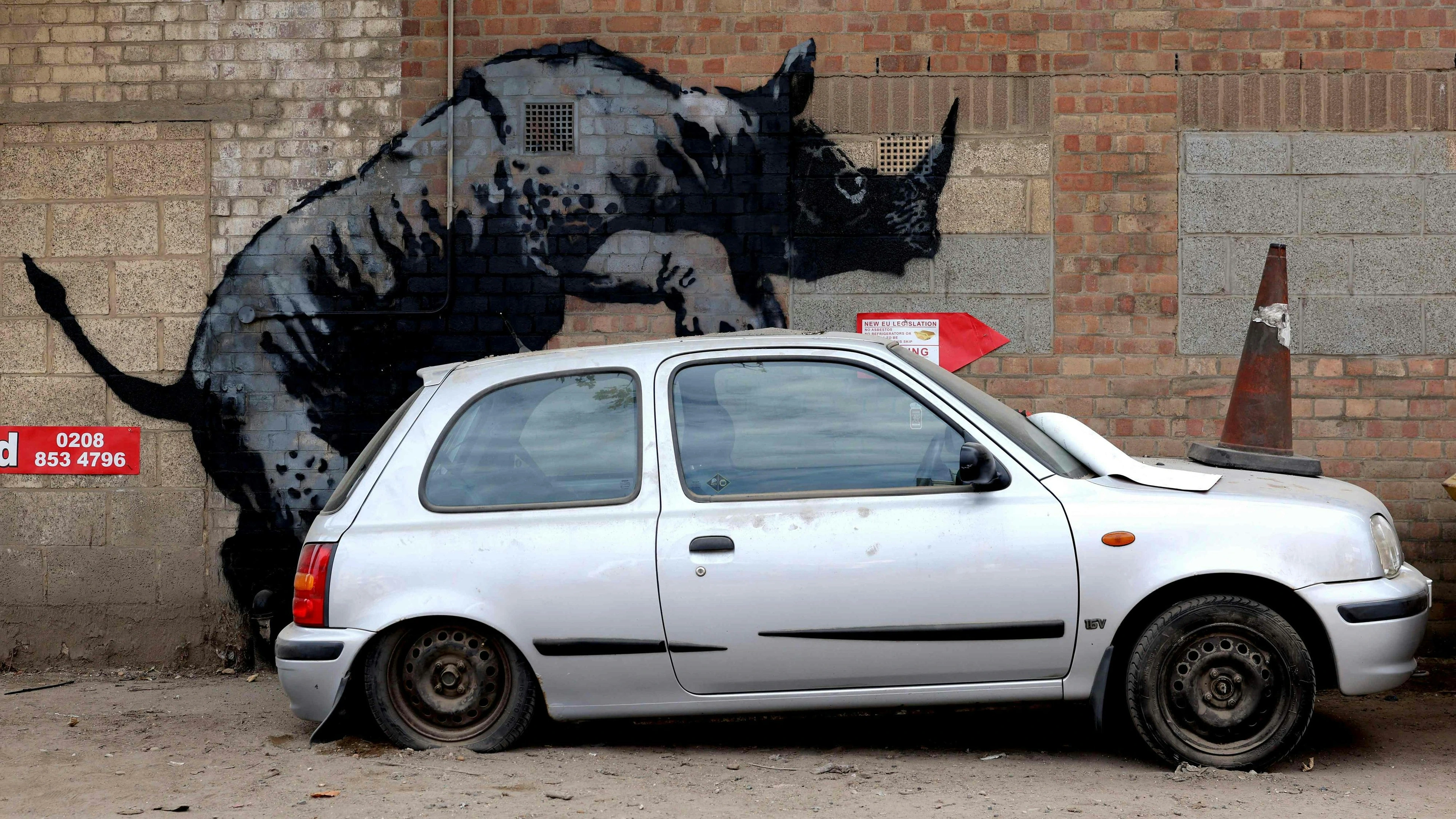
Amsterdam's Art Scene: A Curator's Guide Beyond the Icons
As an artist and curator, I invite you to explore Amsterdam's dynamic art scene beyond the Rijksmuseum. Discover hidden galleries, vibrant street art, and contemporary installations in this personal guide.
Exploring Amsterdam's Art Scene: A Curator's Guide Beyond the Icons
Look, everyone knows Amsterdam for the venerable Rijksmuseum and the immersive Van Gogh Museum. And rightly so, they're phenomenal. But if you're anything like me, you're always looking for what's next, what's a little bit hidden, the heartbeat of the city's actual creative pulse. As an artist myself, I’ve often felt the true magic of Amsterdam’s art scene isn't just within those grand, revered halls, but in the vibrant, often unexpected corners where contemporary creativity truly thrives. This is my guide, a personal invitation to explore those broader artistic landscapes, to discover the depth, innovation, and sheer diversity flourishing just beyond the most frequented paths. It's about finding the spaces where new movements emerge and where artists, including those who dive deep into abstract pieces, are shaping the city's ongoing cultural dialogue.
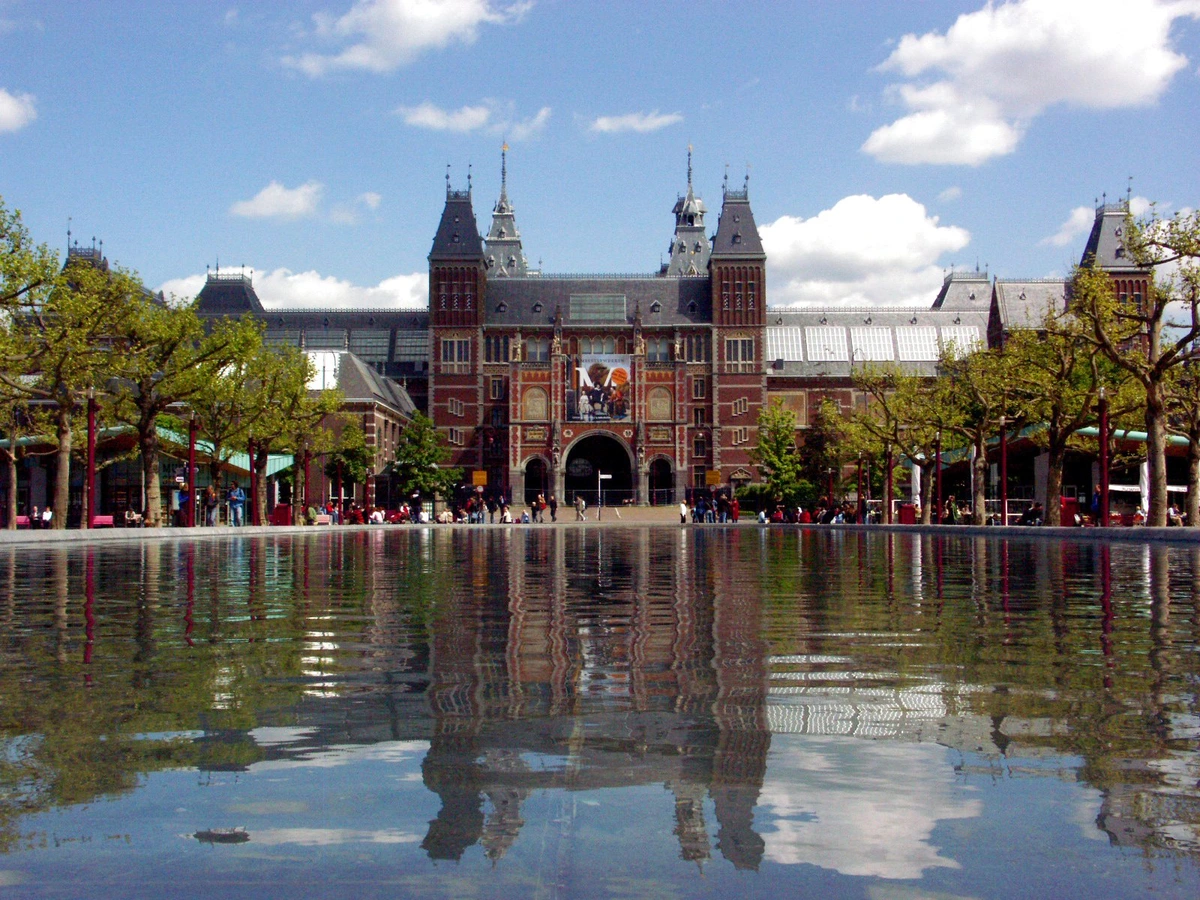
From Golden Age Grandeur to Today’s Creative Pulse
I mean, let's be honest, Amsterdam's esteemed status as an art capital of the world isn't just something that popped up overnight. It's deeply rooted in its illustrious Dutch Golden Age, a period that cemented its place on the global art map, no question. This historical legacy, I've noticed, provides an incredibly fertile ground. It’s where today’s contemporary art scene continuously builds and innovates, often striking this beautiful balance between a deep reverence for tradition and an enthusiastic embrace of innovation and the experimental. For me, the most compelling artistic encounters aren’t always found among those celebrated historical masterpieces. Instead, they unfold in surprising places: a thought-provoking contemporary installation in an independent gallery, the raw power of a street artist's latest mural, or even just chatting with creators who are actively pushing artistic boundaries. This dynamic environment is precisely where artists—whether they're creating bold geometric abstract pieces, experimenting with gestural abstraction, or exploring digital art, much like the kinds of abstract art you might find in my own collection—forge their distinct creative voices.
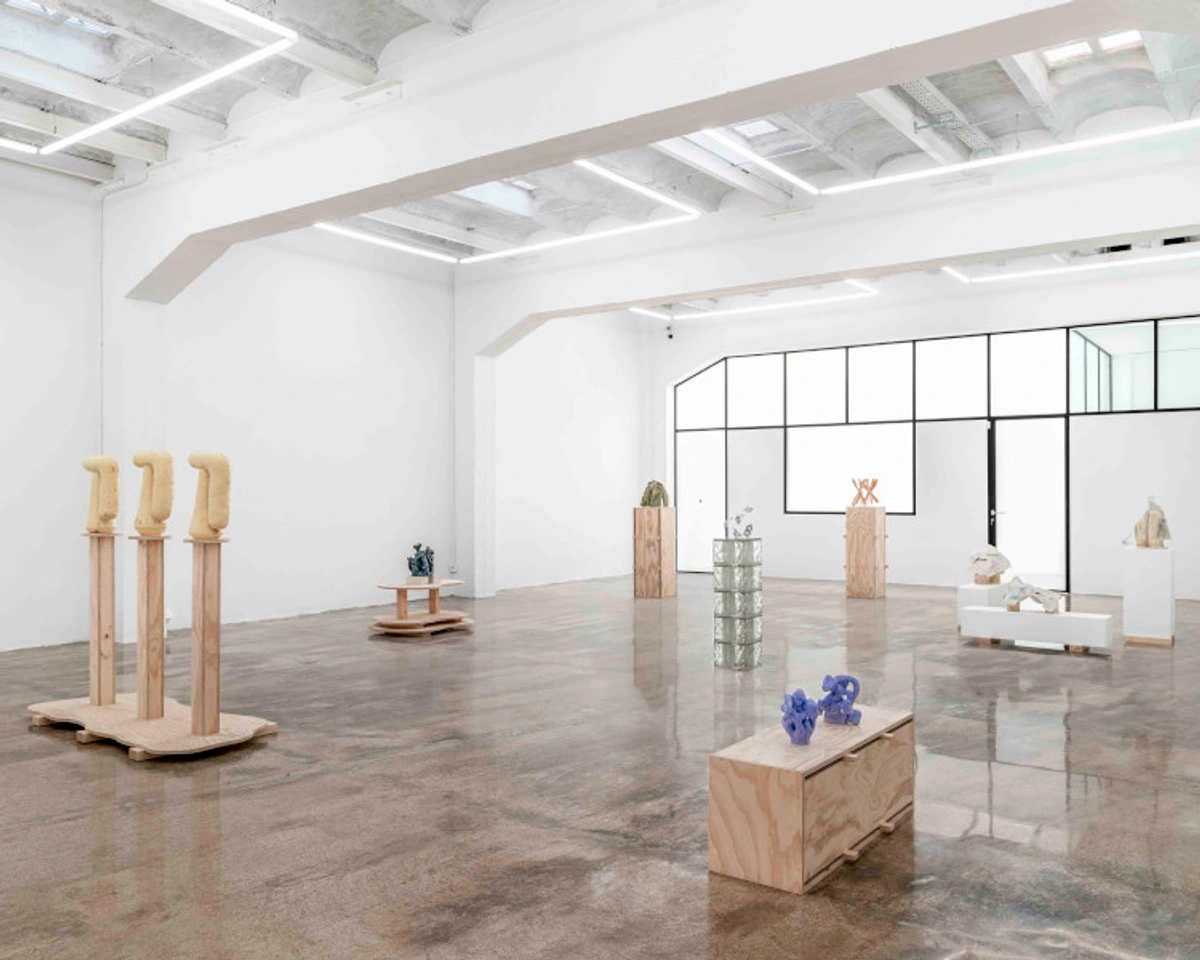
Institutional Innovation: Where Modern Masters Meet Tomorrow's Visionaries
If you're anything like me and you love to peek into the avant-garde, to see the absolute cutting edge of artistic expression, then Amsterdam's modern institutions are a must. They offer profound insights into contemporary thought and creativity, truly shaping the modern landscape.
- The Stedelijk Museum, for instance, is a paramount center for modern and contemporary art and design. I see it as the vibrant, modern counterpoint to the historical Rijksmuseum. It consistently hosts challenging and intellectually stimulating exhibitions. Here, I always find myself engaging with significant movements like Abstract Expressionism, admiring the innovative principles of Dutch Design, and discovering works by international luminaries alongside Dutch masters like Piet Mondrian. His revolutionary approach to compositional genius—you know, dissecting shapes and colors to their fundamental elements—is presented across various mediums, influencing countless artists seeking to refine their own artist's journey.
- And speaking of photography, the FOAM Photography Museum, elegantly tucked away in a historic canal house, is dedicated to curating incredibly diverse and often impactful photography exhibitions. It’s always showcasing both internationally established masters and compelling emerging talents, making it an essential stop for anyone interested in the evolving world of photographic arts.
- Then there's the EYE Filmmuseum, an architecturally striking landmark that really broadens Amsterdam's contemporary art offerings. Its futuristic design, an artwork in itself, makes the free ferry ride across the IJ river from Central Station feel like part of the experience. While it focuses primarily on cinema, EYE's exhibitions frequently explore the fascinating intersections of visual art, animation, and digital media, giving us a uniquely interdisciplinary perspective on modern creativity.
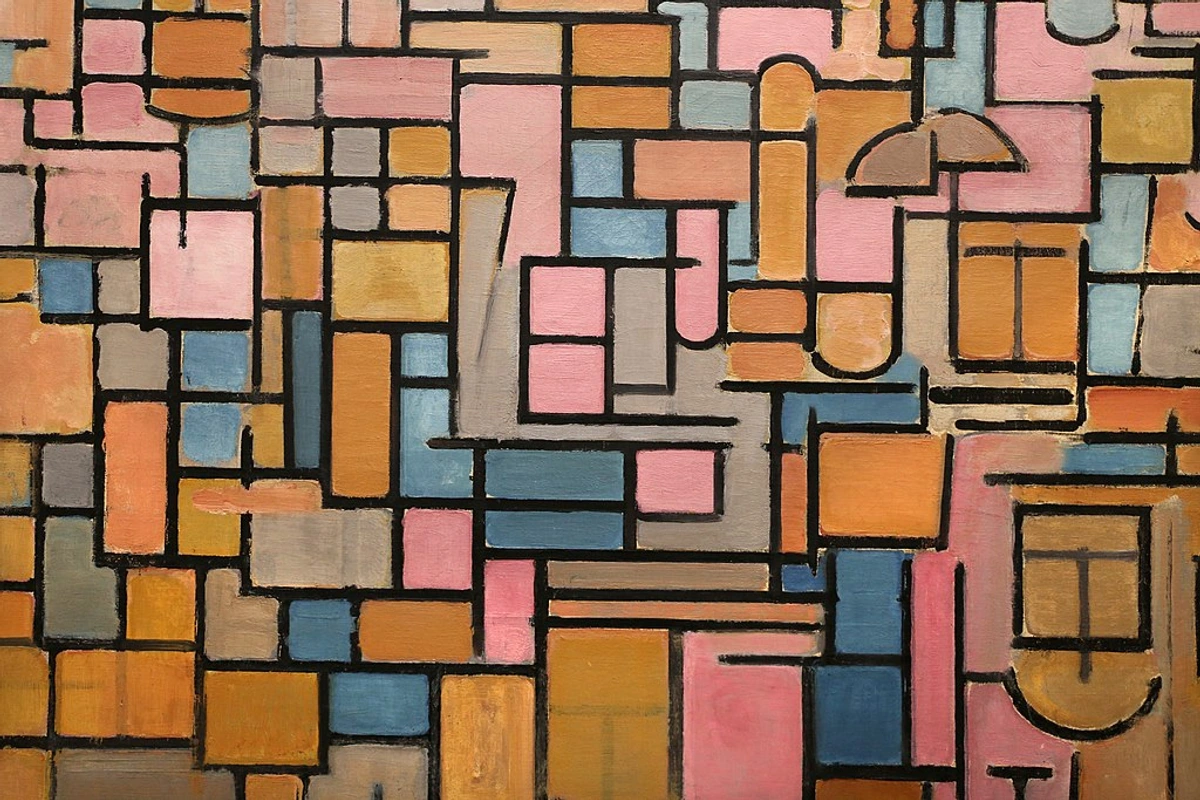
Neighborhoods: The True Heartbeat of Amsterdam's Art Scene
While these grand museums are truly anchors of the art scene, the real heartbeat of Amsterdam's contemporary art, for me, pulses through its distinct neighborhoods. These areas foster a more intimate, direct engagement with the city's creative output, offering diverse artistic experiences often brimming with innovation and a fantastic community spirit.
The Jordaan: Independent Galleries and Local Talent
Nestled within historic narrow streets, The Jordaan district is a delightful labyrinth of independent galleries in Amsterdam. Here, you can uncover works by local and emerging artists, spanning styles from delicate watercolors and contemporary paintings to innovative sculptures and intricate graphic designs. The emphasis in these intimate spaces is often on direct connection with the artistic process and insightful dialogue through art, fostering a sense of discovery that moves beyond conventional exhibitions.
What to Expect: Intimate spaces, direct artist connection, local & emerging talent.
De Pijp: Bohemian Experimentation and Pop-Up Culture
De Pijp, a dynamic bohemian district, is a significant hub for smaller art initiatives and experimental works. It is renowned for its frequent pop-up exhibitions—temporary art shows that transform vacant storefronts, industrial spaces, or unexpected public areas for limited durations. These ephemeral showcases offer dynamic and surprising encounters with emerging art, including digital installations, VR/AR experiences, and unique ceramic pieces with an artisanal touch. This area is a fertile ground for artists pushing boundaries, and those interested in how creative principles like color theory are applied in novel contexts. I've seen some incredible artist-run collectives thrive here, highlighting a strong community spirit.
What to Expect: Experimental works, frequent pop-ups, digital art, artist collectives.
Spiegelkwartier: Antiques, Old Masters, and Classic Modern Art
Located adjacent to the Rijksmuseum, the Spiegelkwartier offers a different yet equally rewarding artistic journey. This charming district is a treasure trove of antique dealers and specialized galleries, often focusing on Dutch Old Masters, intricate Delftware, and early modern pieces from the late 19th and early 20th centuries. It provides a fascinating blend of historical art forms with a more classic approach to modern tastes, appealing to collectors and connoisseurs.
What to Expect: Antiques, Dutch Old Masters, classic modern art.
Spuistraat & NDSM Wharf: Raw Street Art and Creative Transformation
For enthusiasts of raw, unapologetic street art and large-scale urban interventions, Spuistraat and the NDSM Wharf are essential destinations. Spuistraat, with its evolving canvas, possesses a significant history rooted in a vibrant squat culture and spontaneous, DIY art expressions—a testament to art's transient and often political nature.
Across the IJ river, accessible via a scenic, free ferry from Central Station, the NDSM Wharf has been spectacularly transformed from a former shipyard into a sprawling open-air gallery and dynamic creative hub. From what I've seen, this expansive area truly buzzes with artist studios—often for disciplines like fashion, sculpture, and digital art—hosting monumental murals by both local and international street artists (yes, sometimes even pieces that remind you of the scale and impact of figures like Banksy). You'll also find industrial-chic installations crafted from repurposed materials. The NDSM Wharf's raw, authentic energy provides such a compelling contrast to traditional gallery settings, offering immense inspiration for those exploring the expressive freedom found in mixed-media creations or considering their own art collection.
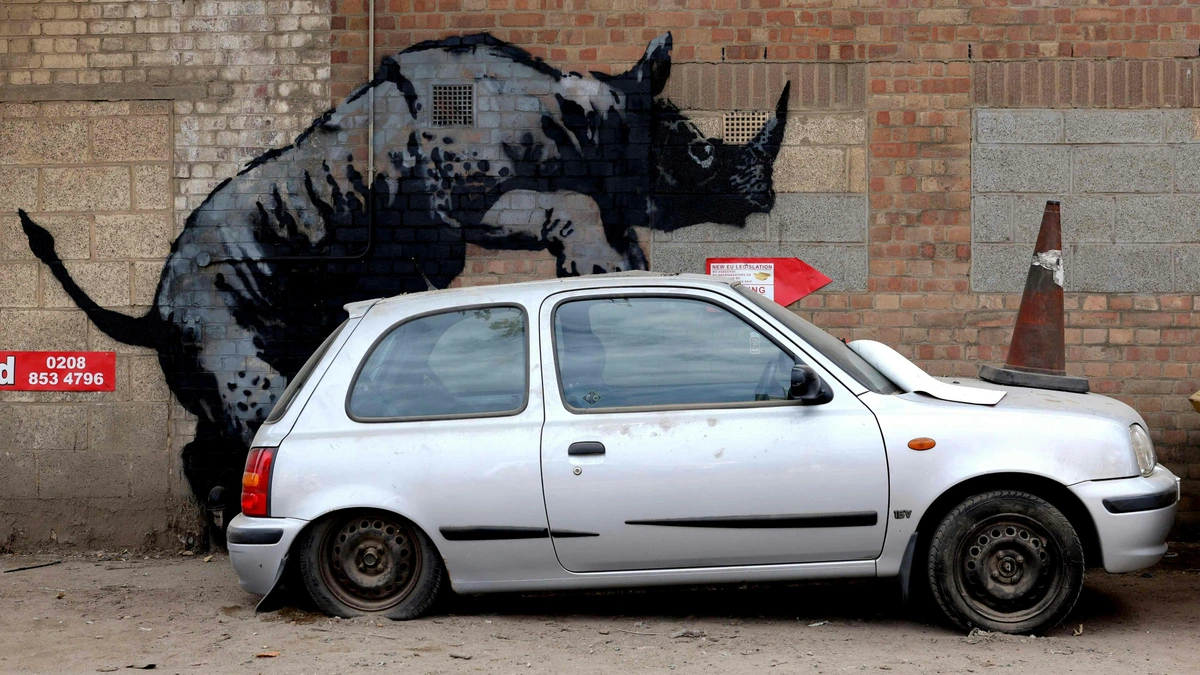
What to Expect: Large-scale murals, evolving street art, artist studios, experimental installations.
The vitality of Amsterdam's contemporary art scene is continually replenished by its robust network of art schools and artist residency programs. I'm always impressed by how instrumental institutions like the Gerrit Rietveld Academie are in fostering new talent and experimental approaches, ensuring a perpetual influx of fresh perspectives and innovative practices into the city’s artistic dialogue. It's often graduates and resident artists from places like these who contribute directly to the vibrant neighborhood galleries and pop-up events we just talked about.

Art Markets & Open Studios: Direct Engagement with Creators
For me, there's nothing quite like the direct engagement you get with artists at Amsterdam's vibrant outdoor art markets and open studio events. These platforms offer unparalleled experiences, fostering a direct connection between creators and enthusiasts, and often leading to those wonderful, unexpected discoveries.
- The Spui Art Market (Sundays, March-December) and the Thorbecke Square Art Market (Sundays, May-October) provide excellent opportunities to browse original artworks and engage in conversations with artists about their craft. When you visit, don't be afraid to strike up a conversation with artists about their craft; I've found they often love to share their process, from their approach to color theory to how they tackle composition. While many now accept digital payments, carrying a bit of cash can sometimes be handy. These markets present an informal and dynamic setting to truly interact with the local art scene.
- Beyond these regular markets, "Open Studio Routes" are frequently organized, particularly in areas like The Jordaan, Amsterdam Noord, and around the NDSM Wharf. Held periodically throughout the year, these events grant public access to artists' personal workspaces. This intimate experience allows you to witness the creative process firsthand, converse with the artists, and gain deeper insights into their artist's journey. Such encounters often inspire new perspectives on creative practice, and who knows, might even spark your own artistic endeavors.
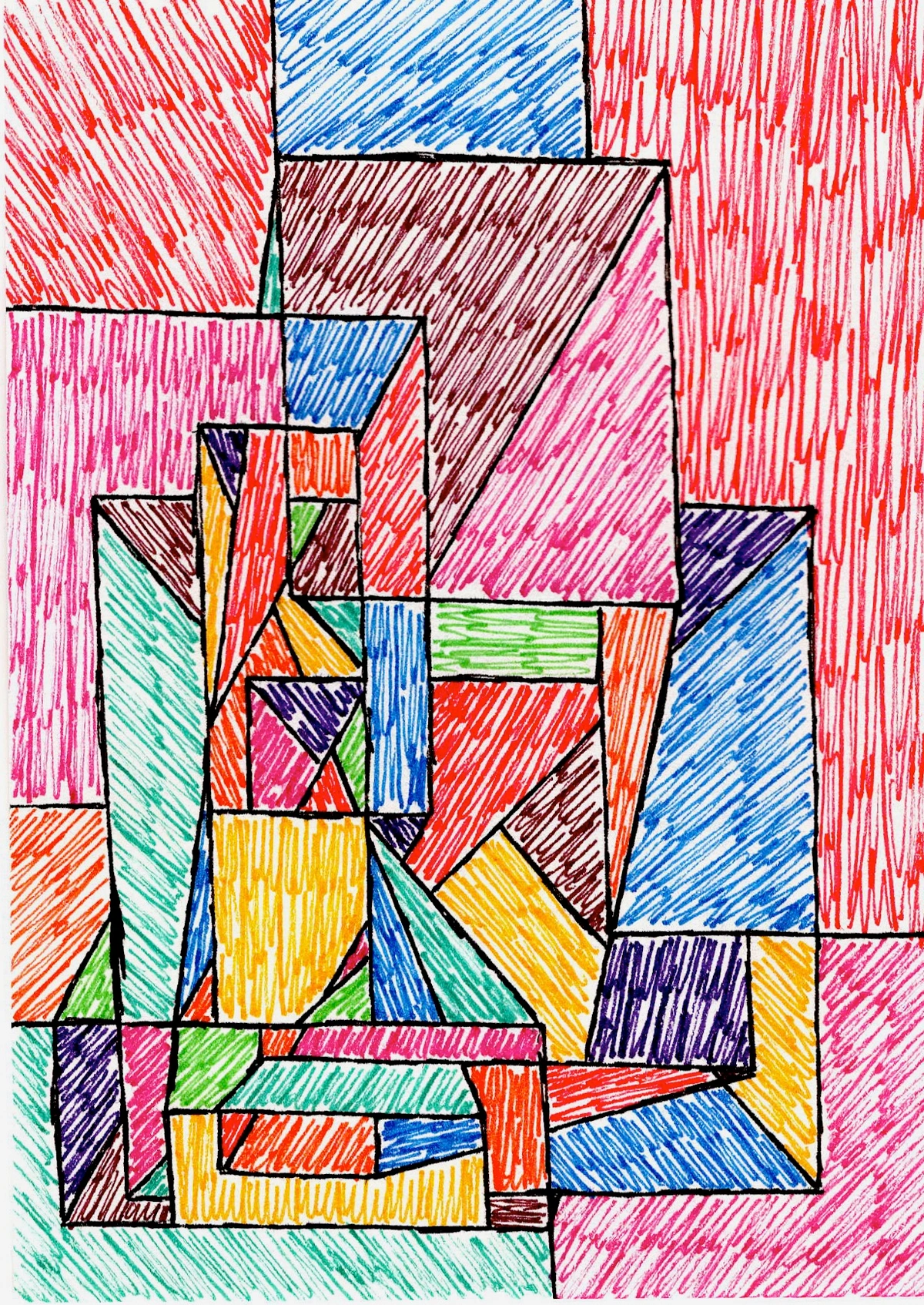
Navigating Amsterdam's Art Scene: Practical Insights
To truly immerse yourself in Amsterdam’s rich and diverse art landscape, and trust me, it’s worth it, I recommend a strategic yet open-minded approach. These are a few practical insights I've gathered over the years that will help you navigate beyond the most conventional art destinations:
- Observe Your Surroundings: A significant portion of Amsterdam's artistic expression is integrated into the urban fabric itself. Actively seek out public art installations, meticulously designed architectural facades, and creative window displays. The city, I've always thought, functions as an expansive open-air gallery, offering continuous visual discovery if you just keep your eyes open.
- Engage with the Art Community: Don't be shy – I always suggest fostering dialogue with gallery owners, artists at markets, and local art enthusiasts. Their recommendations are gold, and often lead to discovering those true hidden gems and understanding the deeper narratives behind the art. While the major institutions are absolutely essential, some of my most profound artistic experiences have unfolded in smaller, less conventional venues. You can start with curated lists of the best galleries in Amsterdam, but leaving room for spontaneous exploration frequently yields the most memorable discoveries, perhaps even a new favorite artist or a piece for your art collection.
- Utilize Local Resources: For up-to-date information on current exhibitions, pop-up events, and ongoing art activities, I always recommend key publications such as Amsterdam Magazine and digital platforms like I Amsterdam. They're indispensable.
- Cultivate an Open Mind: Finally, and this might be the most crucial tip from one art lover to another: cultivate an open mind. Approach art with a receptive and inquisitive mindset. The objective, I've learned, isn't always to critically evaluate every detail, but to simply experience and engage. Allowing the art to resonate, even without immediate intellectual comprehension, can lead to deeply meaningful encounters and potentially inspire your own creative endeavors, or maybe even that perfect addition to your art collection.
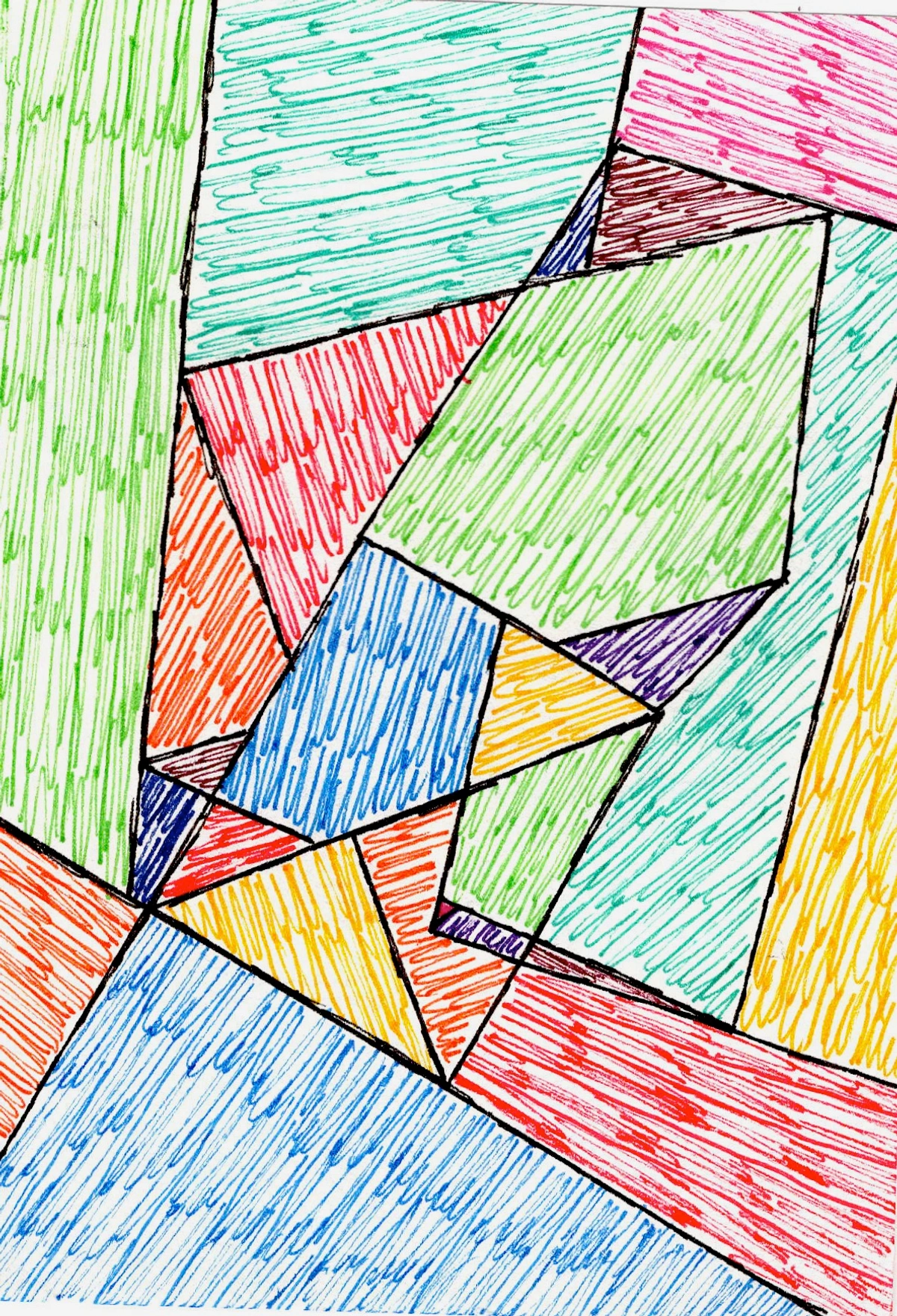
Discovering Amsterdam's Hidden Art Gems
If you’re craving something truly off-the-beaten-path, I’d suggest looking into specific artist-run project spaces or cooperative galleries that aren’t always on the mainstream radar. For instance, sometimes obscure industrial buildings in areas like Westpoort or even specific studios within the NDSM Wharf host ephemeral exhibitions that are raw, challenging, and incredibly rewarding. Keep an eye out for posters in local cafes or check smaller art blogs – that’s often where the real magic hides!
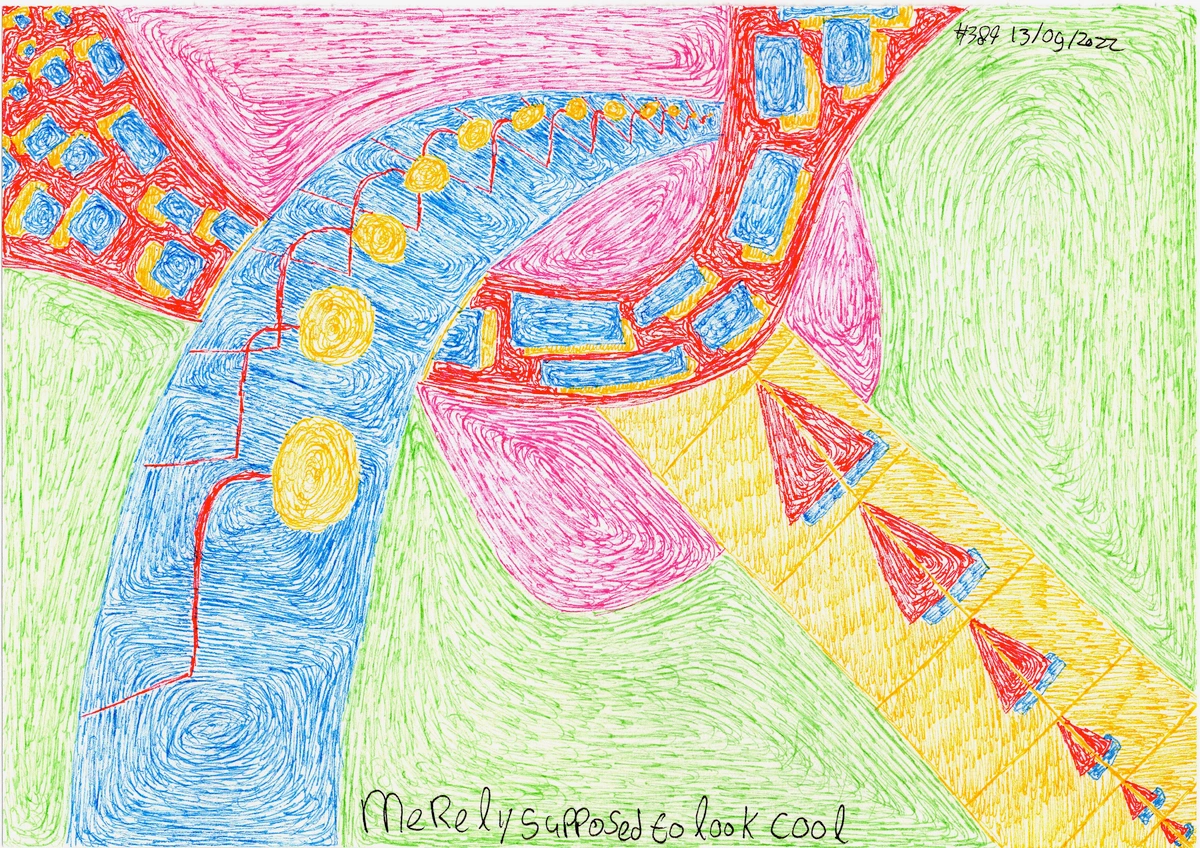
Frequently Asked Questions About Exploring Art in Amsterdam
Okay, I get a lot of questions when people hear about Amsterdam's art scene beyond the big names. So, to help you out, here are some of the most common ones I hear:
Q: Are there any free art experiences in Amsterdam? A: Indeed, Amsterdam offers numerous free art experiences. Many smaller galleries provide complimentary admission, and the dynamic street art, particularly visible at the NDSM Wharf and along urban routes, is freely accessible. The Public Library (OBA) frequently hosts free exhibitions, and the city itself serves as an aesthetic experience; a stroll along its iconic canals reveals public sculptures and historical statues, such as those in Vondelpark or Dam Square.
Q: How can one discover lesser-known galleries and emerging artists? A: Beyond the prominent neighborhoods like The Jordaan, De Pijp, and Spiegelkwartier, areas such as the Nine Streets (Negen Straatjes) and Amsterdam Noord are excellent starting points for discovery. Consulting online platforms like Gallery Viewer, local art blogs, and community art listings are valuable resources. Additionally, keeping an eye out for "Open Studio" days, often publicized locally, provides direct access to artists' workspaces.
Q: Is transportation convenient for exploring different art areas? A: Amsterdam boasts exceptional connectivity. The city is highly walkable, and its extensive network of dedicated bike paths makes it remarkably bike-friendly. For destinations further afield, such as the NDSM Wharf, a free and picturesque ferry service operates efficiently from Central Station. The tram system also offers an incredibly efficient and comprehensive mode of urban transport, linking all major districts.
Q: What kind of art can be expected beyond classical Dutch masters? A: Amsterdam's contemporary art scene is extraordinarily diverse, encompassing a broad spectrum of artistic expressions that extend far beyond classical Dutch masters. You can expect to encounter vibrant contemporary painting, including diverse forms of abstract art that challenge perceptions of form and color theory, powerful photography, conceptual art installations, immersive video art, extensive and ever-evolving street art, modern sculpture, innovative design, and captivating performance art. These works are often found in dedicated project spaces, artist collectives, and during various festivals, consistently pushing creative boundaries and inspiring new perspectives for your own art collection.
Q: What is a pop-up exhibition? A: A pop-up exhibition is a temporary art show or gallery space that emerges in an unconventional location for a limited duration, typically ranging from a few days to several weeks. Characterized by their ephemeral nature, these exhibitions can transform vacant storefronts, industrial settings, or public areas into dynamic art venues. They serve as excellent platforms for emerging artists to showcase their work and for the public to encounter unique, time-sensitive artistic interventions.
The Enduring Allure of Amsterdam's Art: A Curator's Final Perspective
For me, exploring Amsterdam's art scene beyond its globally recognized museums is so much more than just a cultural excursion; it’s an opportunity for a profound engagement with contemporary creativity and historical evolution. It’s an invitation to discover unexpected beauty, to interact with art that actively mirrors contemporary thought and societal trends, and ultimately, to feel the dynamic creative heartbeat of a truly vibrant city. I find that delving into these multifaceted layers of artistic expression often uncovers insights that resonate deeply, enriching my own understanding of art and, for those of us who create, inspiring our own creative timeline. So whether you are a seasoned collector looking to expand your art collection, a curious explorer, or an artist seeking inspiration for your next mixed-media creations, Amsterdam’s diverse artistic landscape truly awaits your comprehensive and enriching exploration. Go on, get lost in it – you won't regret it.




